Kingdom II
Iron Age
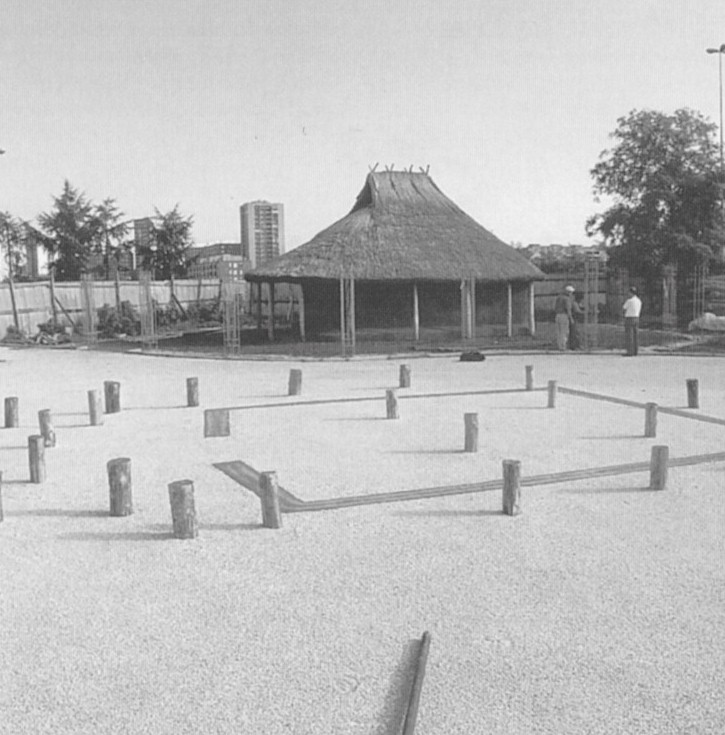
- Begins ca. 1000 BC
- Seems to mark a cultural change from earlier Bronze Age
- Unclear if adoption of cremation shows population change or simply cultural borrowing.
-
Culture associated with new practices called "Villanovan."
-
From central Europe? Associated with Etruscans?
- Early Iron Age very sparsely populated
- Low cultural level
- Limited economic activity
- Main unit of social organization: family group
- Iron Age in Latium called "Latial Culture"
- Slight evidence of minimal occupation of Rome ca. 800
- From 750 on increase in economic activity
- Specialization
- Increased concentration of economic wealth
- "Proto Urban"
- From 650 on large building projects begin
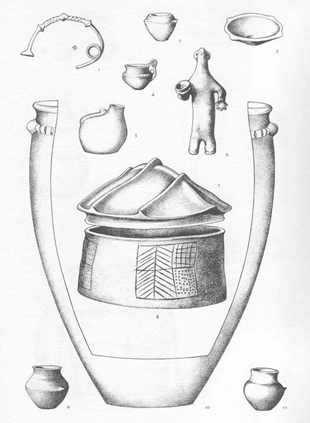
Etruscans
- Non-Indo-European
- Language related to no other in Italy
- Matrilinear culture
- So says ancient literary tradition
- Culturally indistinguishable from other Italians
- Came from Asia?
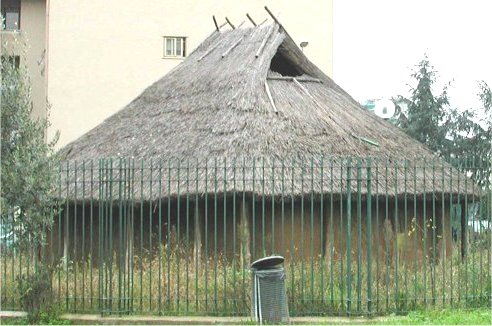
- Leaders in development of more advanced social/political organization
- Expanded political control south in Late Iron Age
Constitution of Kingdom
- Etruscan dynasty acc. to literary tradition
- To be equated with major building projects in Late Iron Age Rome?
- Elective monarchy
- Assembly of adult males
- Curia (political unit based on heredity)
- Gens/Gentes (clan-like family unit)
- Declines in importance under Rep.
- Late replaced in importance by "nuclear family"
- Tribus (geographical voting unit)
- 4 for city, 20 for countryside
- Names of rural "tribes" assoc. with important gentes
- Important element in later Republican constitution
- Populus
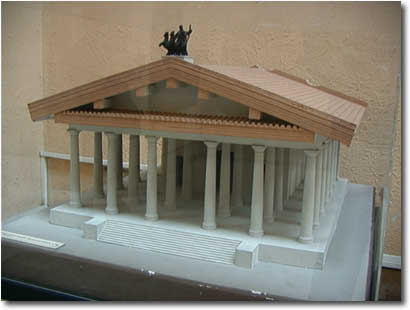
- Later means "body politic"
- Etymology seems to be from "army"
- Derived verb populari means "devastate"
- Assembly of "army" replaces earlier assembly of curias
Fall of the Monarchy
- Dated to ca. 507 BC by list of Republican magistrates (fasti)
- Took place at time of Etruscan withdraw from S. Italy
- Literary tradition associates with overthrow of tyranny
- Seems to represent abolition of monarchy by powerful landowners
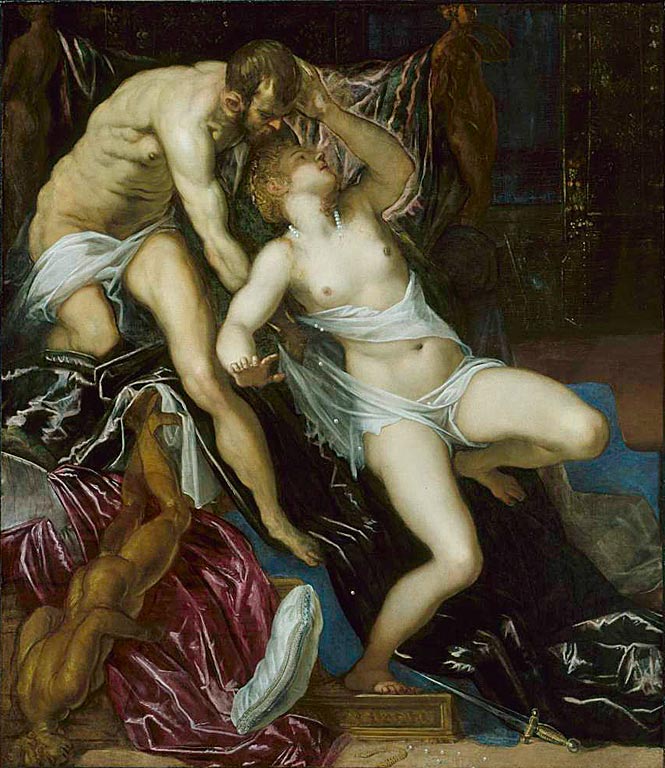
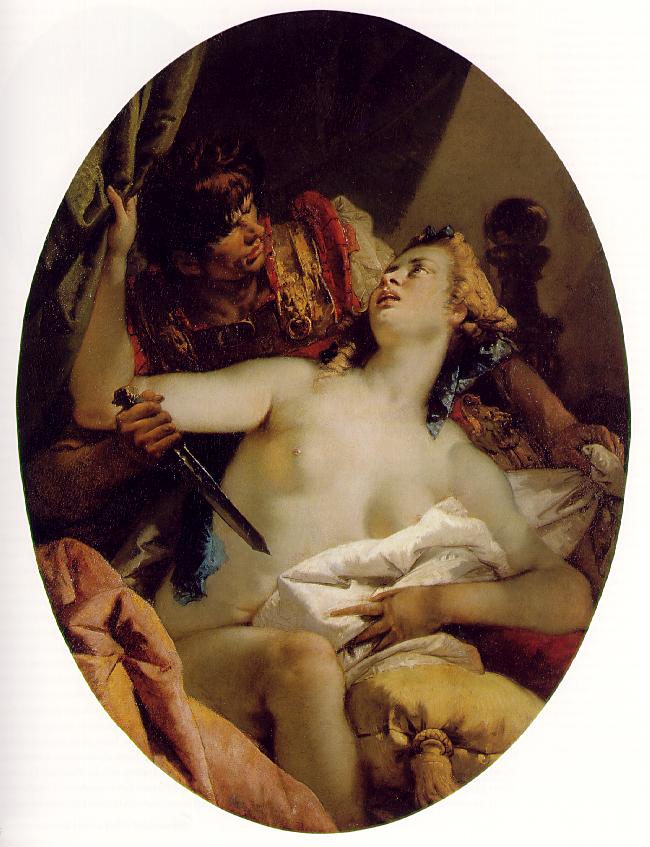
Back to CLASS 282 Schedule






